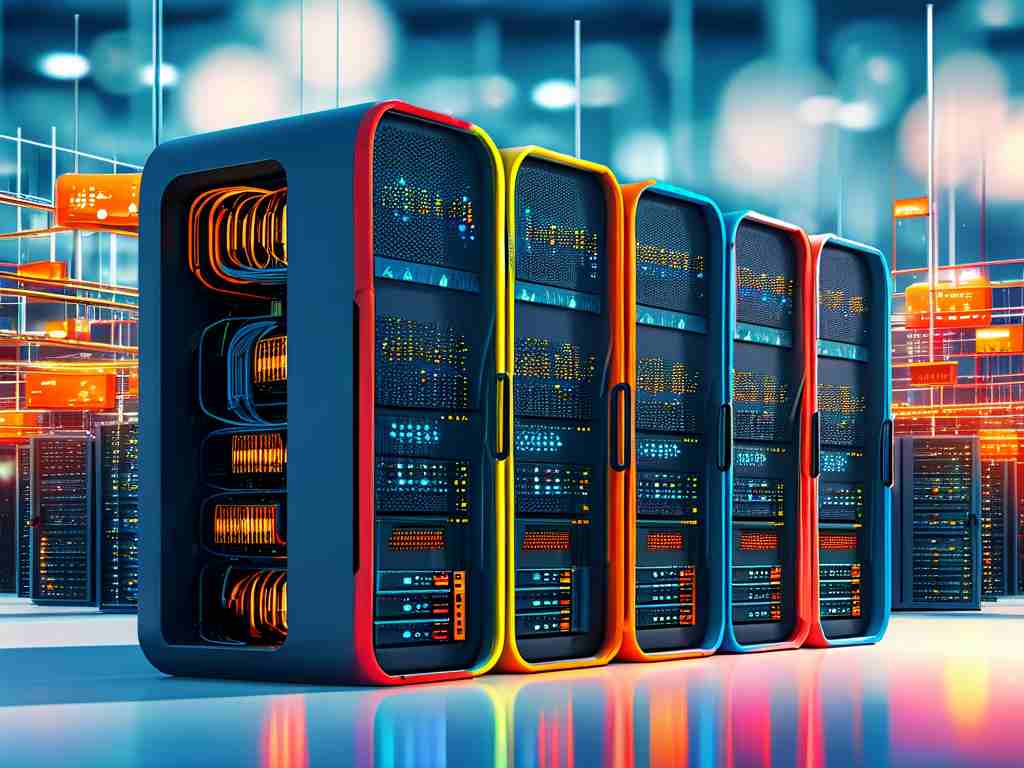The evolution of digital infrastructure demands a paradigm shift in how we approach distributed systems. As organizations grapple with exponential data growth, real-time processing requirements, and global user bases, traditional architectural models reveal critical limitations. This article explores seven foundational principles shaping next-generation distributed architecture design, backed by industry best practices and emerging technological trends.

1. Resilience-First Mindset
Modern systems must prioritize fault tolerance over mere redundancy. The "resilience by default" principle advocates for:
- Chaos Engineering Integration: Proactively inject failures to validate recovery mechanisms
- Circuit Breaker Patterns: Prevent cascading failures through intelligent traffic throttling
- Autonomous Healing: Implement self-correcting workflows using AIOps and predictive analytics
Netflix's Simian Army framework exemplifies this approach, deliberately disrupting services to ensure survival in unpredictable cloud environments.
2. Decentralized Data Sovereignty
The era of monolithic databases is ending. Next-gen architectures adopt:
- Polyglot Persistence: Match data storage solutions to specific workload requirements
- Edge-Centric Caching: Reduce latency through geographically distributed CDN overlays
- Blockchain-Inspired Consensus: For mission-critical transactions requiring tamper-proof audit trails
MongoDB's global clusters and AWS DynamoDB Global Tables demonstrate successful implementations of data decentralization at scale.
3. Observability-Driven Development
Traditional monitoring fails in distributed ecosystems. Modern observability stacks must:
- Embed telemetry collection into CI/CD pipelines
- Correlate metrics, logs, and traces across microservices
- Enable real-time anomaly detection through ML-powered analysis
OpenTelemetry's vendor-agnostic instrumentation and Grafana's unified dashboards represent industry-leading solutions.
4. Asynchronous Event Mesh
Synchronous REST APIs create fragile dependencies. An event-driven architecture (EDA) using:
- Service Mesh: Istio or Linkerd for intelligent service-to-service communication
- Stream Processing: Kafka or Pulsar for real-time data pipelines
- CQRS Pattern: Separate read/write operations to optimize performance
Uber's 1,400+ microservices ecosystem processes 100M+ daily events via Apache Kafka, showcasing EDA's scalability.
5. Security as a Fractal Property
Security must permeate every architectural layer:
- Zero-Trust Networking: Mutual TLS authentication between services
- Confidential Computing: Encrypt data in-use via enclave technologies
- Policy-as-Code: Automate compliance checks using Open Policy Agent (OPA)
Google's BeyondProd framework implements these concepts through end-to-end encryption and automated policy enforcement.
6. Elastic Resource Orchestration
Static resource allocation wastes 60%+ cloud capacity on average. Next-gen systems leverage:
- Serverless Functions: AWS Lambda or Knative for burst workloads
- Kubernetes Federation: Multi-cluster management across hybrid clouds
- Predictive Scaling: Time-series forecasting to pre-provision resources
Alibaba Cloud's AI-powered resource scheduler reduces infrastructure costs by 35% while maintaining SLA compliance.
7. Evolutionary Architecture
Systems must adapt without disruptive rewrites:
- Immutable Infrastructure: Docker containers and GitOps for version-controlled deployments
- Feature Flagging: LaunchDarkly-style gradual feature rollouts
- API Versioning: Semantic versioning with backward compatibility
Spotify's continuous deployment framework releases 500+ features daily without downtime through evolutionary design.
Implementation Roadmap
Transitioning to next-gen architecture requires phased execution:
- Conduct a tech debt audit using tools like SonarQube
- Establish cross-functional platform engineering teams
- Adopt progressive delivery mechanisms (canary releases, dark launches)
- Build feedback loops with SRE practices and error budgets
The new generation of distributed architecture isn't just about technology-it's a cultural shift toward systems that embrace uncertainty. By internalizing these seven principles, organizations can build platforms that scale exponentially, recover autonomously, and evolve continuously. As edge computing and quantum networking mature, these design tenets will form the bedrock for surviving-and thriving in-the coming decade of digital transformation.









